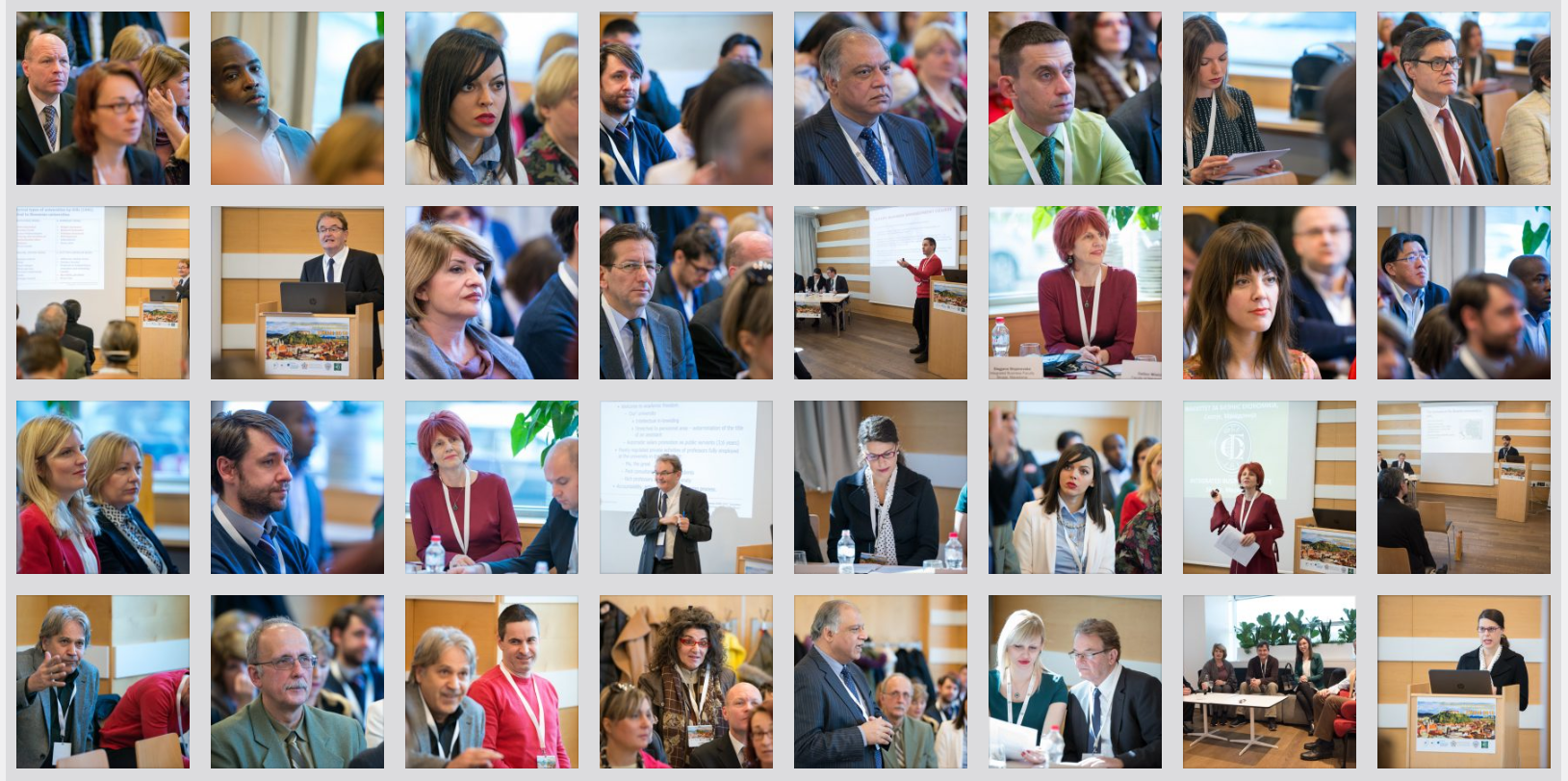Edmira Cakrani – Canadian Institute of Technology, Faculty of Economy, Xhanfize Keko Street 12, 1040, Tirana, Albania
Dzintra Atstaja – Rīga Stradiņš University, Dzirciema iela 16, Kurzemes rajons, Rīga, LV-1007, Latvia
Keywords:
Tourism;
Sustainability;
DPSIR;
Albania;
Latvia
Abstract: Albania and Latvia are regarded as emerging travel destinations. Each year, both countries welcome many tourists, which greatly boosts employment and economic growth. However, these countries now face a greater danger of environmental contamination and unsustainable resource use due to the rapid growth of their tourism industries. The sector’s environmental issues may make it more difficult to achieve the Sustainable Development Goals, particularly Goals 6, 7, and 12. Today, the focus is on the ecologization of the tourism industry to address these issues. This allows for the development of industry sustainably and the adaptation of profitable, sustainable, and ethical practices to strike a balance between the expansion of tourism and environmental preservation. This research paper aims to evaluate the ecologization of the tourism sector in Latvia and Albania. The environmental impact of this industry is analyzed using the Driver – Pressure – State – Impact – Response framework. The European Environment Agency has developed this approach to address environmental issues, measure environmental conditions, assess the impact of the tourism industry on the environment, and identify the elements contributing to environmental problems. This can support the development and application of policies that promote sustainability and ecologization in the tourism sector of both countries. This paper complements the literature on the tourism sector’s sustainability.

Download full paper

8th International Scientific Conference – EMAN 2024 – Economics and Management: How to Cope With Disrupted Times, Rome, Italy, March 21, 2024, CONFERENCE PROCEEDINGS, published by: Association of Economists and Managers of the Balkans, Belgrade, Serbia; ISBN 978-86-80194-83-7, ISSN 2683-4510, DOI: https://doi.org/10.31410/EMAN.2024
Creative Commons Non Commercial CC BY-NC: This article is distributed under the terms of the Creative Commons Attribution-Non-Commercial 4.0 License (https://creativecommons.org/licenses/by-nc/4.0/) which permits non-commercial use, reproduction and distribution of the work without further permission.
REFERENCES
EEA. (2021). Municipal Waste Management in Western Balkan Countries – Country Profile Albania. November. https://www.eea.europa.eu/en/countries/cooperating-countries/albania
EEA. (2023). Bathing water country factsheet – Albania. June. https://www.eea.europa.eu/en/countries/cooperating-countries/albania
Eurostat. (n.d.). https://ec.europa.eu/eurostat
Gössling, S., Peeters, P., Ceron, J. P., Patterson, T., & Richardson, R. B. (2005). The Eco-Efficiency of Tourism. Ecological Economics, 54: 417-434. https://doi.org/10.1016/j.ecolecon.2004.10.006
He, X., Cai, C., & Shi, J. (2023). Evaluation of Tourism Ecological Security and Its Driving Mechanism in the Yellow River Basin, China: Based on Open Systems Theory and DPSIR Model. Systems, 11, 336. https://doi.org/10.3390/systems11070336
Lu, F., Ren, H., & Zhai, X. (2023). Dynamic Evolution characteristics and driving factors of tourism ecosystem health in China. Frontiers in Public Health, 11:1127980. https://doi.org/10.3389%2Ffpubh.2023.1127980
Mandić, A. (2020). Structuring challenges of sustainable tourism development in protected natural areas with driving force–pressure–state–impact–response (DPSIR) framework,” Environment Systems and Decisions, Springer, vol. 40(4): 560-576. http://link.springer.com/10.1007/s10669-020-09759-y
Mulyawati, L. S., Adrianto, L., Soewandi, K., & Susanto, H. A. (2020). Factors of Coastal Tourism Management with DPSIR Analysis. Case Study: Tanjung Lesung Special Economic Zone Pandeglang Regency, Banten Province. Journal of Economic and Social of Fisheries and Marine. 08(01): 123-137. e-SSN: 2528-5939. http://dx.doi.org/10.21776/ub.ecsofim.2020.008.01.10
Our World in Data. (n.d.). https://ourworldindata.org/
Pivčević, S., Petrić, L., & Mandić, A. (2020). Sustainability of Tourism Development in the Mediterranean—Interregional Similarities and Differences”. Sustainability, 12, 7641. https://doi.org/10.3390/su12187641
Raj Sharma, V., & Bisht, K. (2019). Carrying Capacity Assessment and Sustainable Tourism Management in Agra City, Uttar Pradesh. GeoJournal of Tourism and Geosites, 25(2): 399–407. https://doi.org/10.30892/gtg.25211-369
Sobhani, P., Esmaeilzadeh, H., Wolf, I. D., Deljouei, A., Marcu, M. V., & Sadeghi, S. M. M. (2023). Evaluating the ecological security of ecotourism in protected area based on the DPSIR model. Ecological Indicators, 155, 110957. https://doi.org/10.1016/j.ecolind.2023.110957
Swangjang, K., & Kornpiphat, P. (2021). Does ecotourism in a Mangrove area at Klong Kone, Thailand, conform to sustainable tourism? A case study using SWOT and DPSIR. Environment, Development and Sustainability, 23, 15960–15985. https://doi.org/10.1007/s10668-021-01313-3
World Bank. (n.d.). World development indicators. https://databank.worldbank.org/source/world-development-indicators
Zovko, M., Melkić, S., & Vukadin, I. M. (2021). Application of the DPSIR framework to assess environmental issues with an emphasis on waste management driven by stationary tourism in Adriatic Croatia. Geoadria, 26(1): 83-106. https://hrcak.srce.hr/clanak/373923

